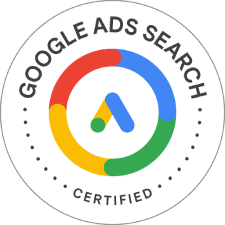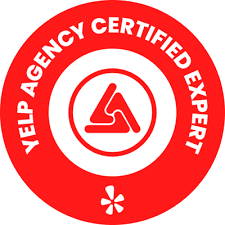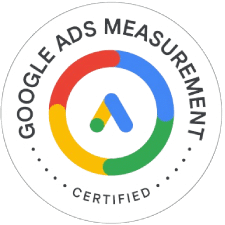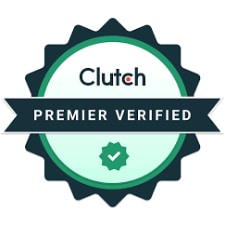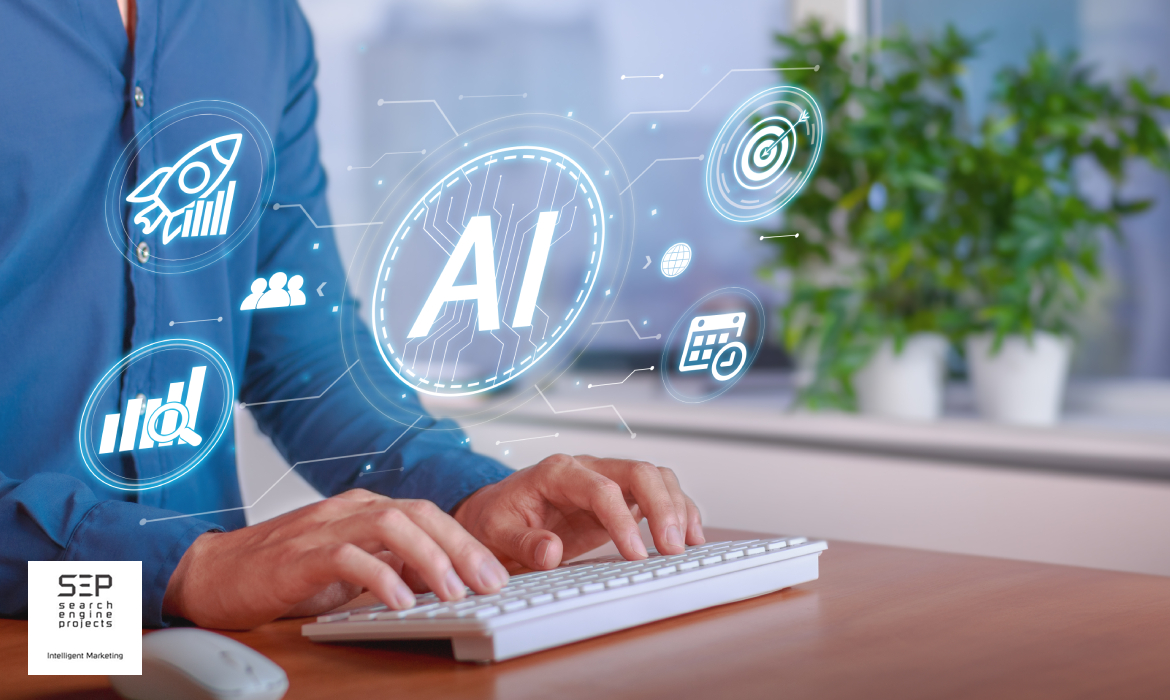The digital marketing landscape is undergoing rapid transformation in 2025, driven by technological advancements, shifting consumer behavior, and evolving regulatory changes.
To maintain a competitive edge, businesses must stay abreast of emerging trends and adjust their strategies accordingly. From AI-driven personalization to immersive content and privacy-first data collection, the marketing techniques of 2025 demand innovation, agility, and precision.
In this article, we examine 10 essential digital marketing techniques for 2025 that every business should adopt to remain relevant and competitive.
1. AI-Driven Personalization at Scale
Artificial Intelligence (AI) is revolutionizing how brands interact with their customers. In 2025, personalization goes far beyond using a customer’s first name in an email. With tools like OpenAI’s ChatGPT, Jasper AI, and Adobe Sensei, marketers can dynamically tailor every touchpoint in real-time.
AI collects and processes behavioral data from various sources, including websites, emails, social media, and CRM systems, to create hyper-personalized experiences. For example, an e-commerce site can now display personalized product recommendations based on browsing history, abandoned carts, and even the weather in the user’s location.
Key Applications:
- Dynamic email content based on user actions
- Personalized landing pages for each traffic source
- Predictive product recommendations and cross-sells
- AI chatbots that provide instant, context-aware support
Why it matters: Consumers expect relevance. AI personalization enhances conversion rates, fosters customer loyalty, and increases the average order value.
2. Voice and Visual Search Optimization
Search behavior is evolving. By 2025, voice search will be ubiquitous, thanks to the widespread use of smart devices, and visual search will become the norm on platforms such as Pinterest, Google Lens, and TikTok Shop.
Voice searches tend to be more conversational and longer than typed queries. Visual search allows users to upload an image instead of typing a keyword, which is essential for e-commerce and local search.
How to Adapt:
- Optimize for long-tail, conversational keywords
- Add structured data (Schema) for better visibility in voice/visual results
- Use alt tags and descriptive filenames for all images
- Ensure your Google Business Profile is optimized for local voice search
Why it matters: Voice and visual search help capture users with higher intent, who are often ready to act or make a purchase.
3. First-Party Data Collection and Strategy
As third-party cookies are phased out and privacy regulations become stricter (GDPR, CCPA, and now DPPA in the U.S.), first-party data will become a cornerstone of digital marketing success in 2025.
First-party data is the information you collect directly from users through their website behavior, email sign-ups, purchases, surveys, and customer support interactions. It’s accurate, compliant, and highly valuable for building trust and improving personalization.
Tactics for Collecting First-Party Data:
- Use lead magnets (guides, templates, webinars) to capture emails
- Offer loyalty programs in exchange for data
- Launch surveys and quizzes that collect preferences
- Create gated content for newsletter opt-ins
Why it matters: Owning your data protects your business from future disruptions and enhances targeting capabilities.
4. Short-Form Video Content Dominance
Short-form videos (under 60 seconds) dominate platforms like TikTok, YouTube Shorts, Instagram Reels, and even LinkedIn in 2025. With attention spans shorter than ever, these bite-sized videos are powerful tools for storytelling, product showcasing, and trend-jacking.
Why Short-Form Works:
- Mobile-first and easy to consume
- Drives engagement and shares
- Favored by most platform algorithms
- Great for authentic, behind-the-scenes, or influencer content
Tips:
- Focus on storytelling and problem-solving
- Use native tools and trending sounds
- Post consistently (daily or weekly)
- Include captions and clear CTAs
Why it matters: Short-form video is the most effective medium for reaching younger demographics and building viral engagement.
5. Zero-Click Search Optimization
In 2025, more than half of Google searches end without a click, thanks to zero-click features like featured snippets, knowledge panels, and instant answers generated by Google’s AI.
Brands must now focus not just on getting clicks, but on dominating visibility in these instant result formats.
Best Practices:
- Use clear headers (H2s, H3s) with question-based formatting
- Add concise, direct answers in the first 1–2 sentences
- Use bullet points and numbered lists for scannability
- Add FAQs to every service and product page
Why it matters: Zero-click searches increase brand authority and visibility, even if users don’t visit your site.
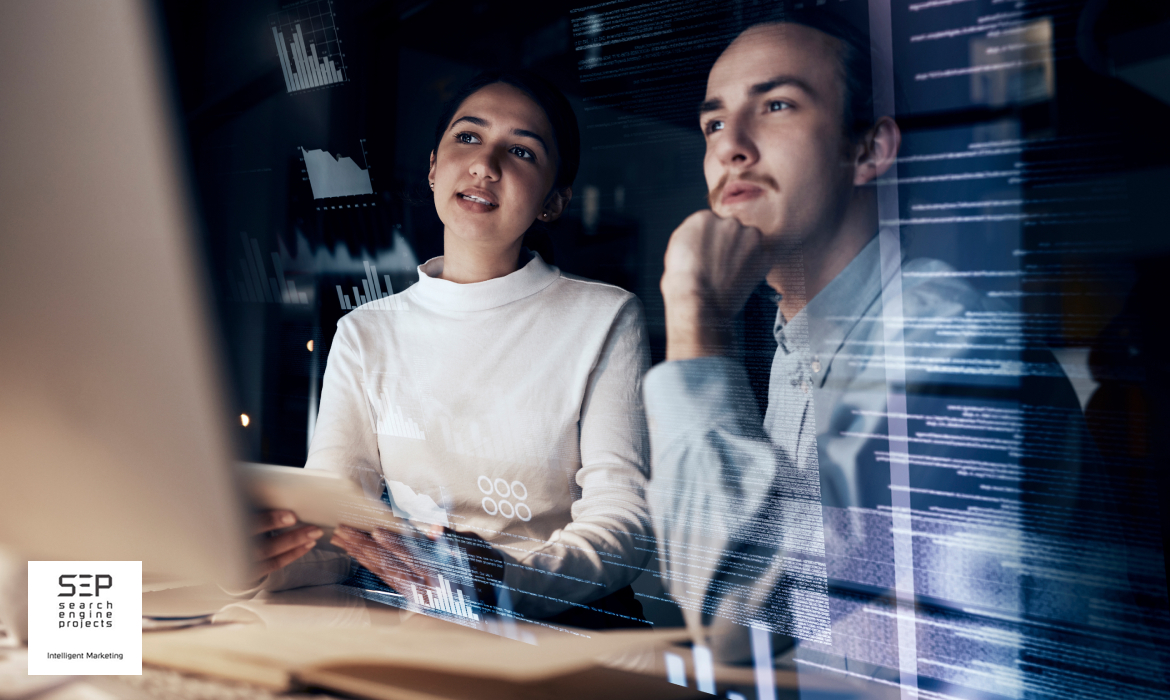
6. Interactive and Immersive Experiences
Consumers in 2025 want to participate, not just observe. Interactive content—such as quizzes, polls, 3D product views, and AR try-ons—drives deeper engagement and longer time on site.
Immersive tools are being used across industries:
- Fashion: Virtual try-on with AR
- Real estate: 360° tours
- Education: Interactive infographics and gamified learning
- Health: Symptom checkers and self-assessment tools
Tools to Consider:
- Outgrow for quizzes and calculators
- 3D modeling for product pages
- Meta Spark AR for Instagram/Facebook filters
Why it matters: Interactive content captures attention, increases conversions, and provides valuable behavioral data.
7. Influencer Marketing 2.0 (Authenticity Over Reach)
Gone are the days of celebrity influencers and fake followers. In 2025, micro (10K–50K) and nano (1K–10K) influencers are expected to dominate influencer marketing, thanks to their authenticity and niche audiences.
AI tools like Upfluence and AspireIQ make it easier to discover and collaborate with creators based on engagement rates, values, and audience alignment, not just follower count.
Best Practices:
- Vet influencers for authentic engagement, not vanity metrics
- Use UGC (user-generated content) from influencer campaigns across your website and ads
- Consider performance-based payments (commission on sales)
Why it matters: Influencer marketing delivers 11x the ROI of traditional ads when done right, with the right audience and platform alignment.
8. Omnichannel Marketing Automation
In 2025, users expect a seamless and cohesive brand experience across all platforms, including email, SMS, push notifications, social media, and even physical touchpoints.
Modern CRMs and marketing automation tools utilize AI and behavioral tracking to deliver the right message at the right time, regardless of the channel.
Omnichannel Tools to Explore:
- Klaviyo for e-commerce automation
- HubSpot for service-based businesses
- ActiveCampaign for multi-industry automation
- ManyChat for Messenger and SMS marketing
Strategy:
- Segment your audience by behavior, interests, and lifecycle stage
- Automate welcome series, abandoned cart flows, and re-engagement campaigns
- Sync cross-channel campaigns for consistent messaging
Why it matters: Omnichannel campaigns deliver 3x higher engagement than single-channel efforts.
9. Ethical and Sustainable Branding
Consumers, particularly Gen Z and Millennials, are increasingly prioritizing brands that align with their values. In 2025, environmental sustainability, diversity, equity, and ethical labor practices are becoming central to brand loyalty.
Marketing must genuinely reflect these values, not just for show. Savvy audiences quickly call out greenwashing and shallow cause marketing.
How to Communicate Values:
- Share behind-the-scenes content of sustainability efforts
- Highlight partnerships with nonprofit or community organizations
- Be transparent in packaging, sourcing, and supply chain messaging
- Include your values on your About and Mission pages
Why it matters: 76% of consumers in 2025 are more likely to buy from brands whose values align with theirs.
10. Local SEO and Google Business Optimization
As search becomes more location-aware and mobile-centric, local SEO is more important than ever, especially for service-based and brick-and-mortar businesses.
Google Business Profiles (formerly Google My Business) and proximity-based search are essential for being found in maps and local queries, such as “best plumber near me.”
Local SEO Checklist:
- Fully optimize your Google Business Profile (hours, services, images)
- Add regular posts and service updates
- Ask for and respond to reviews consistently
- Build citations on directories like Yelp, Angie’s List, and industry-specific platforms
Bonus Tip: Utilize local schema markup on your website to enhance your relevance to your target service area.
Why it matters: Local SEO drives high-intent traffic, phone calls, and foot traffic, especially for mobile users.
Final Thoughts
In 2025, digital marketing is more complex but also more powerful. The key is to strike a balance between technology and humanity, leveraging AI and data for precision while maintaining authenticity, ethics, and empathy.
Brands that succeed will:
- Embrace AI for more intelligent decision-making
- Put the customer at the center of every touchpoint
- Lead with values, not just value
- Stay agile and data-informed
If you’re ready to update your digital strategy for 2025, work with experts who understand the new landscape.
Work With the Experts
Search Engine Projects is a Google Certified Partner and a Yelp Ads Partner with over 21 years of experience in SEO, PPC, social media, and website design. We help businesses across all industries adapt to change and grow online in an ethical, measurable, and efficient manner.

